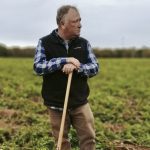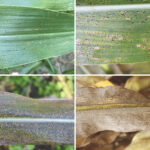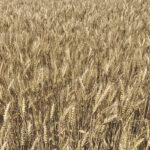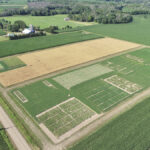
Feeling cut off from glyphosate supplies?
The good news is that a shortage opens possibilities for sharpening weed-management skills

The latest in herbicides and fungicides for 2022
More active ingredient combinations offered to control resistant weed biotypes

Timing your N in the field is everything
ESN is winning the trials in some regions, but many growers just aren’t convinced

The robots are here, and ready to weed your field
Robotics has started revolutionizing even the toughest jobs like weed control. Horticulture crops are first, but row crop robots are coming too

Tar spot continues to spread in Ontario
The infected region has expanded from five counties in 2020 to 19 in 2021

Growing wheat in Eastern Canada
Public wheat breeding is gaining steam in the East with aggressive new variety goals

What’s up with fungicide resistance?
Resistance is hardly top of mind for most growers, but there are signs it should be climbing the ladder

How about a ‘nutty’ alternative crop?
Buckwheat is garnering attention as much more than ‘just’ a cover crop

Starting anew — with a research farm
Greg and Jolene Wilson embrace the opportunity to learn — and share that knowledge

Why we need a sulphur test for eastern soils
Producers in the West routinely test their soils for sulphur. Soon the East may too


